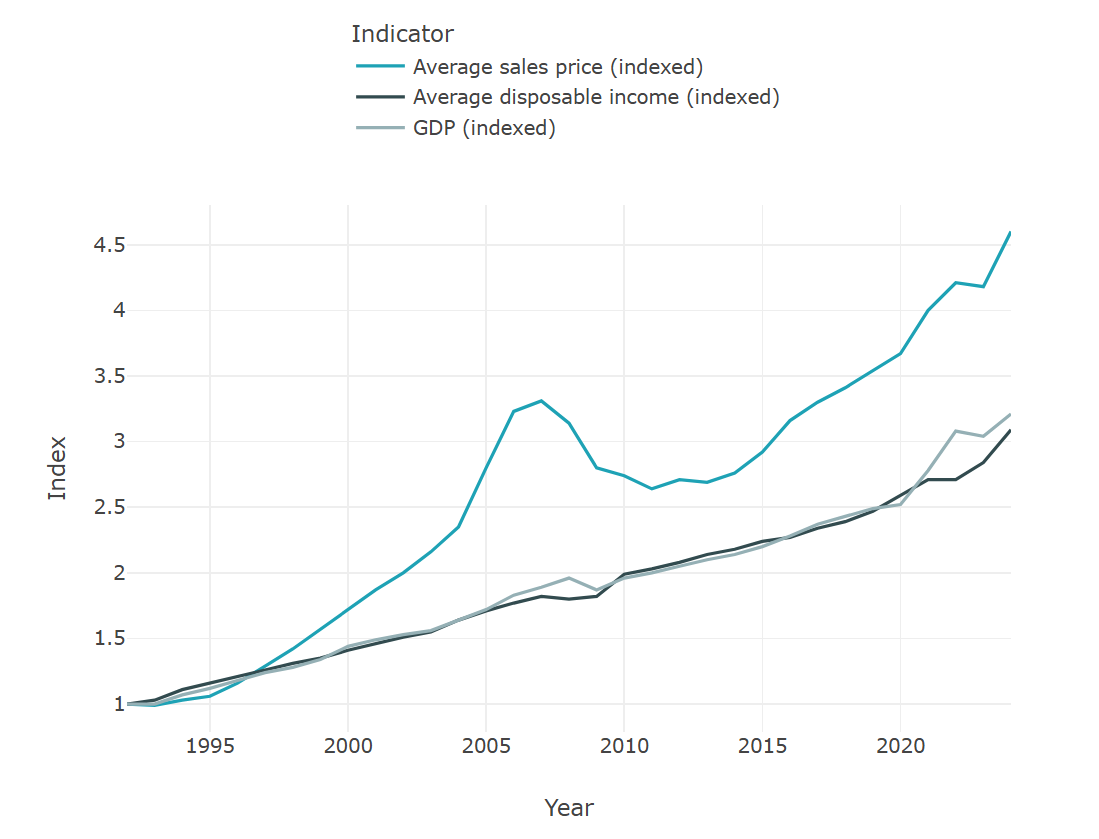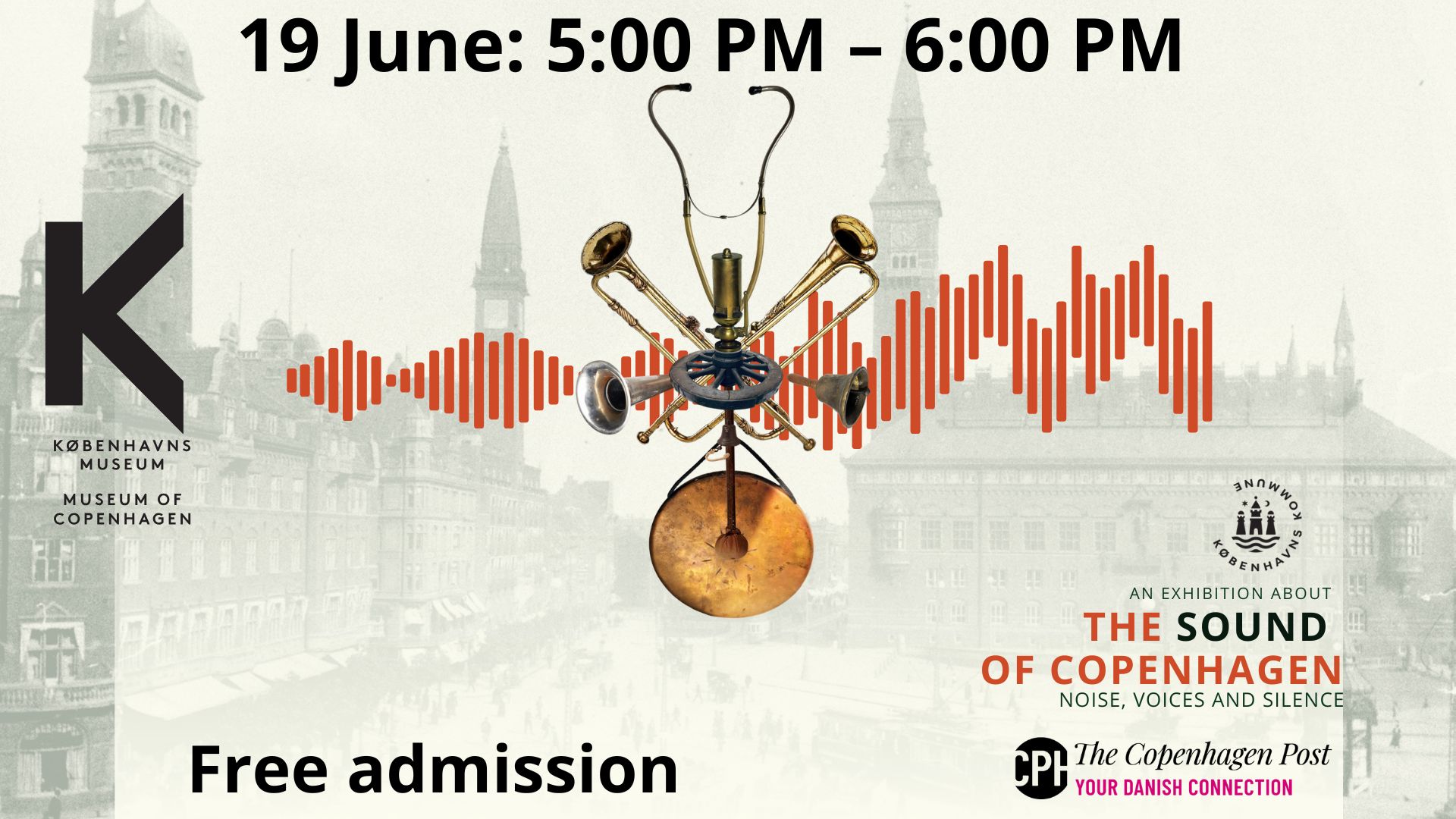Denmark’s ecological footprint per capita is the fourth largest in the world, according to the latest Living Planet Report published by the World Wide Fund for Nature (WWF).
The Danes are only surpassed by the oil-rich states Kuwait, Qatar and the United Arab Emirates, the report found.
“It is how we live and the way we have set up our society that leads to such a large ecological footprint,” Gitte Seeberg, the secretary general at WWF Danmark, told Politiken newspaper.
“Our nation consists of roads, cities and wheat fields – but barely any nature. On top of that we consume far too much meat, among other things.”
That trend has also had significant ramifications for biological diversity in Denmark, claims the report. A number of animal species are on the red list for threatened animals, including 25 percent of all mammals and every third bird species. Half of all butterfly types in Denmark have disappeared or are threatened with extinction.
READ MORE: WWF's fish guide red flags Danish prawns
The good news is …
But the report also praised Denmark as one of the nations in the world that has solutions to the problems that the world faces in the wake of man’s over-exploitation of nature. In particular, the WWF praised the nation’s innovative and visionary work with sustainable energy, such as wind energy.
“December 2013 marked a significant milestone, when wind power provided an equivalent of 57.4 per cent of Denmark’s electricity consumption – the first time ever that wind power supplied more than half of a country’s electricity needs for a whole month,” the report stated.
“December 21 set another record, with wind turbines generating the equivalent of 102 percent of Danish electricity consumption.”
The report (here in English) found that as of 2013, Danish companies supplied 25 percent of the world’s wind turbines.
Cropland the main culprit
The ecological footprint per capita is calculated by assessing how much land is actually used for human activity: living, farming etc. So if a country, like the US, has vast uninhabitable areas like deserts that cannot be used for anything, this will decrease its footprint, while other countries might pay the price for being particularly fertile.
The land-use categories are: built-up land, fishing grounds, forest products, grazing products, cropland and carbon.
Due to the huge amounts of animal feed the country grows to support its pork industry, Denmark's amount of cropland per capita (nearly three hectares) is the highest in the world. In total, cropland accounts for 60 percent of the country's area.












